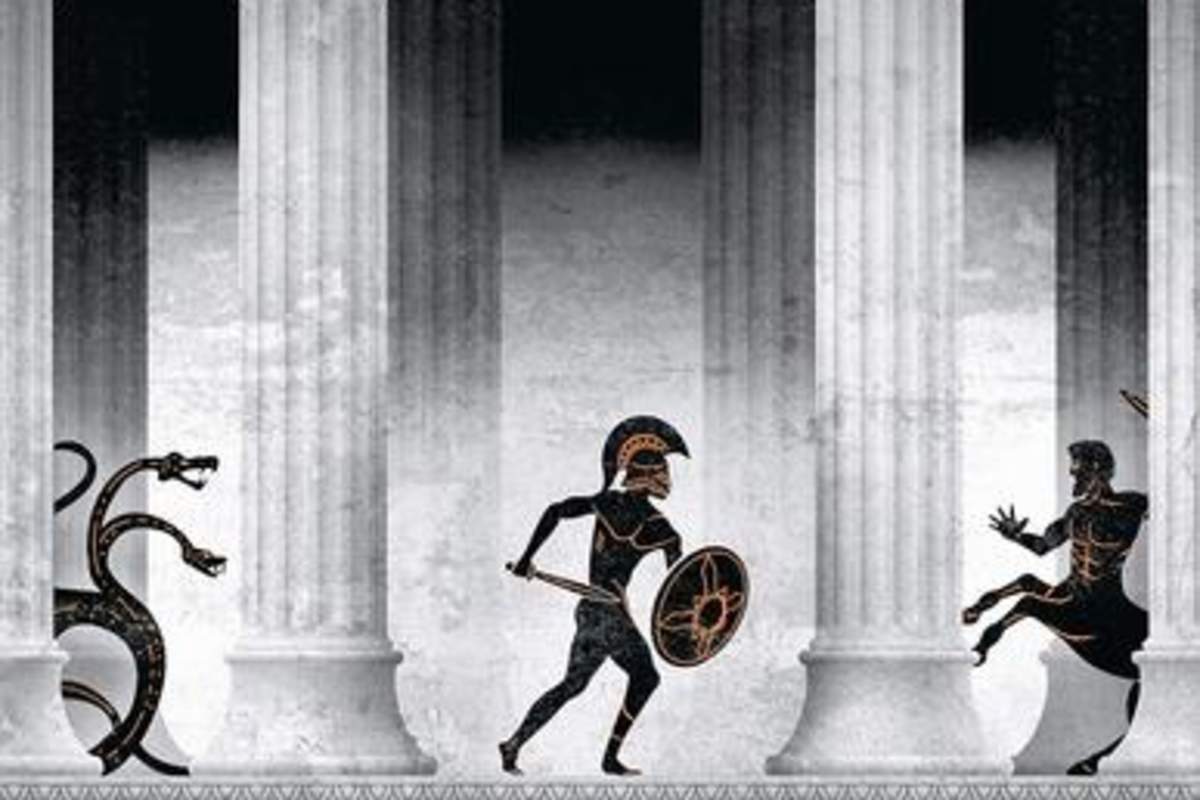
As a follow-up to his bestselling Mythos, Stephen Fry brilliantly retells the tales of Greek heroes in his new book, Heroes. Mortals and Monsters. Quests and Adventures. This time, Fry enters the Age of Heroes – where heroines are not far away. In a ‘twisted labyrinth’ and with a ‘blood-curdling monster’ called the Minotaur, Theseus with the help of Ariadne slays the man-eating creature. Before that he had promised her ‘you will sail with me back to Athens and we shall rule together as king and queen.’ By following the thread (a ruse made up by Ariadne), he found his way out of the labyrinth again – back to Ariadne (Fry, p. 377).

After the horrific adventure, 'the loving pair and Theseus’ joyful Athenian companions boarded their vessels and set sail until they reached the island of Naxos. However, here and in the first night together, Theseus abandons Ariadne – after the god Dionysos appeared to him in a dream, inciting him to do so. Fry writes ‘When they were far out to sea Theseus looked back and thought he could see the desolate figure of Ariadne standing on the shore in the moonlight... Theseus mourned the loss of the girl he had fallen in love with... he had to sacrifice his own happiness (for the safety of the men in his charge). He had to sacrifice her...’ (Fry pp. 384-386).

In the courtly manuscript of Octavien de St. Gelais, retelling Ovid's stories of the heroines for Anne de Bretagne, Queen of France, a delicate miniature shows the beautiful Ariadne, grieving and without understanding why her hero left, breaking all promises he had made.
Ariadne mourns on the solitary island of Naxos, while Theseus’ ship sails away in the distance. Her face is grief-stricken, her hands hidden in the wide sleeves of her sumptuous dress. The painter cleverly introduces the events that happened when she discovered Theseus’ flight. He shows how Ariadne woke up and found Theseus’ side of the bed empty; how she ran to the shore only to watch his ship disappear, putting a white cloth on a branch to attract the sailors’ attention. In the foreground, she is depicted as a resigned, broken woman with a dramatically billowing dress. The bas-de-page presents the events that were crucial for their escape to Naxos. Ariadne hands the ball of yarn to Theseus (on the right), who beats the Minotaur to death (on the left). Of course, the painter did not really know what the Minotaur was to look like. His monster is more a crouching sloth than the cruel half-bull, half-man creature.
The Middle Ages determined what texts were handed down from Antiquity onwards. Had it not been for the medieval scribes, the entire literature of Greece and Rome would have perished.
But until today, the stories of Greek and Roman mythology inspired authors and artists to timeless works – as we hope is shown here, as well as in part 1 of this series of blog posts and our Spotlight on Lost Love but love not lost.


